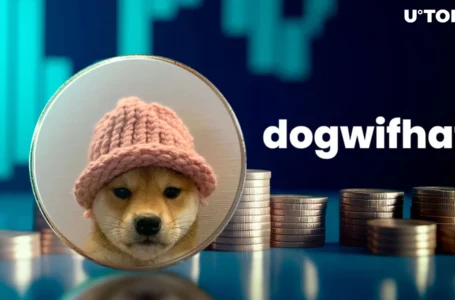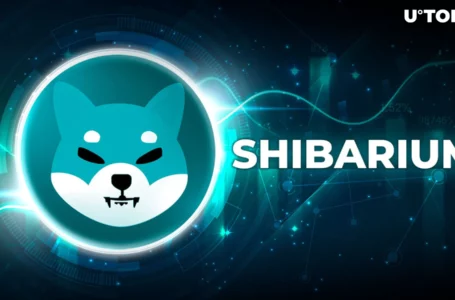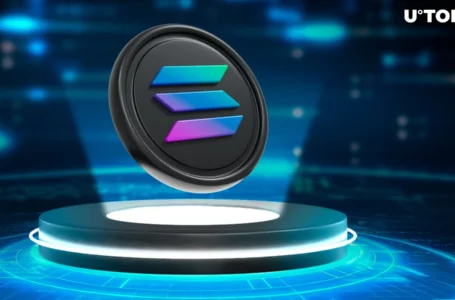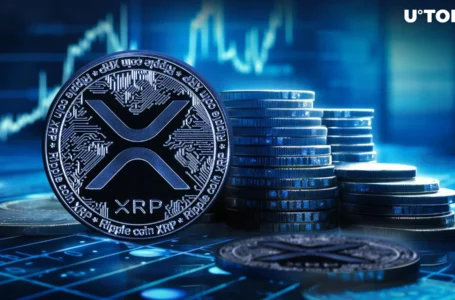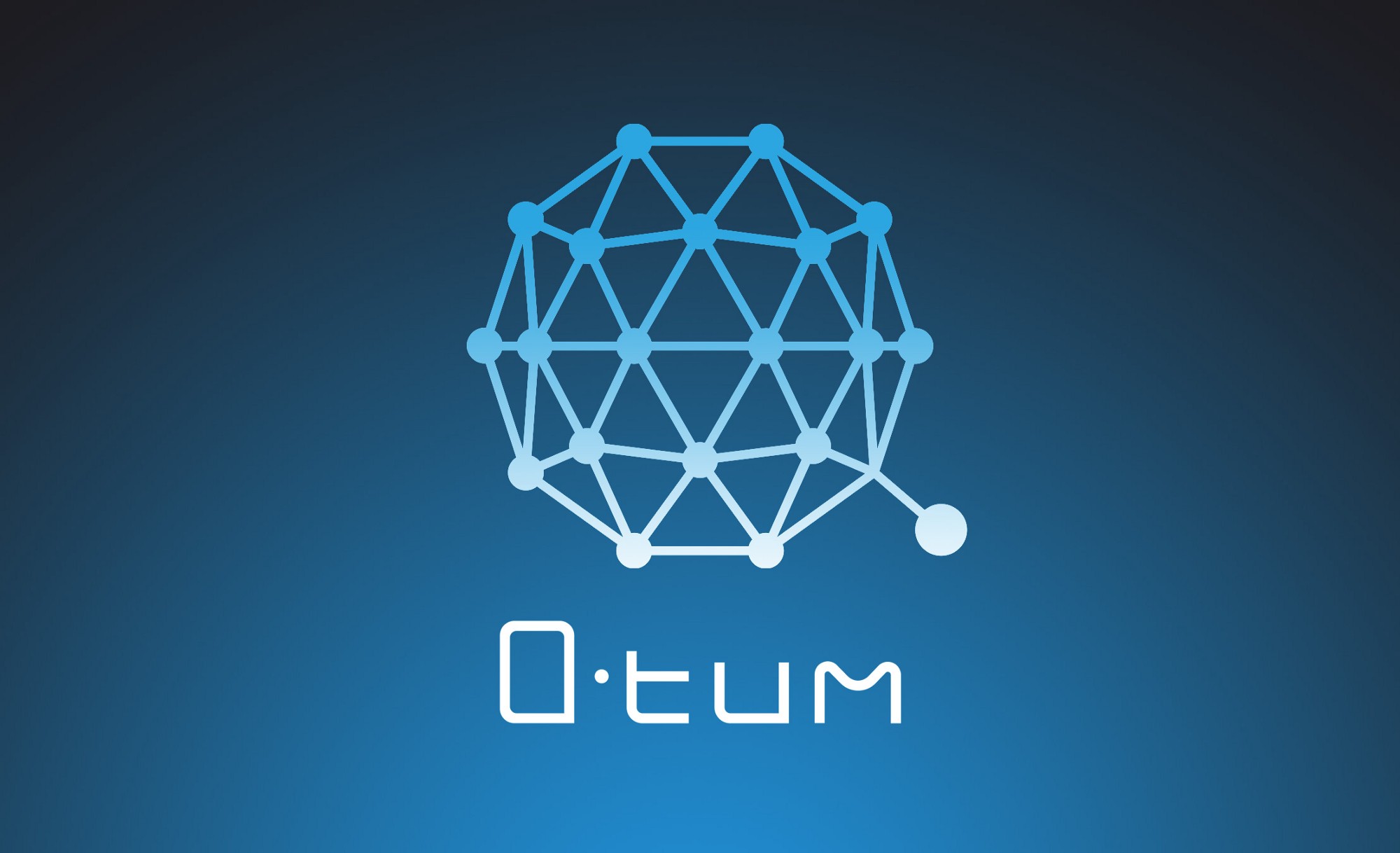
Qtum (QTUM) is a decentralized public blockchain ecosystem and cryptocurrency. The platform introduces a host of new features including two new token standards, advanced smart contract customization, and NFT support. The overall goal of the project is to provide developers and enterprise clients with access to the security of Bitcoin mixed with the programmability of Ethereum.
What Problems Does QTUM Attempt to Fix?
There are a ton of problems that the protocol helps to reduce in the market. One of the main issues the platform eliminates is the need to conduct hard forks. In the past, hard forks were required during major network upgrades such as changing the blocksize. A hard fork is a significant change that requires miners to upgrade their software or lose the ability to interact with the original chain. The network’s modular design enables the network to make core alterations without this requirement.
Centralization
Qtum (QTUM) provides a reliable decentralized alternative to fiat currencies. The network is comprised of thousands of nodes distributed across six continents. Notably, the platform’s PoS network is one of the largest in the world. Its node count puts it firmly in third place behind only Bitcoin and Ethereum.
Benefits of QTUM
Qtum’s unique technical structure enables it to accomplish its goal of combining the security of Bitcoin with the flexibility of Ethereum’s smart contract. Specifically, the protocol uses the UTXO layout found in Bitcoin. It’s also open source. The community has carefully vetted Qtum’s smart contracts to ensure the network is secure and no funny business is going on in the background operations.
Developer Flexibility
Qtum (QTUM) helps to eliminate developer restrictions and barriers to onboarding. The platform supports programming in multiple virtual machines including EVM and ARM VM. Developers from platforms such as Ethereum can migrate their creations to the network and enjoy lower fees and a more responsive user experience with no need to reprogram.
Modularized
The Qtum development environment was built using a modulized approach. The developers went to great lengths to ensure the systems were compatible with the existing blockchain infrastructure. Additionally, the network is filled with development resources for building new blockchains and Dapp development on the next-gen blockchain.
Open Access
Qtum (QTUM) provides developers and users with open access to the decentralized economy. The network eliminates the gatekeepers and third parties from the equation. Anyone from around the world can join the platform and leverage its powerful tools and services. Notably, smart contracts provide fair and transparent access to all the network’s operations.
How Does QTUM Work
Qtum operates as a peer-to-peer network. It offers users access to business-friendly smart contract coding, deploying, and executing. At the core of its functionality is the QTUM blockchain. This next-generation blockchain provides scalability, high security, and the ability to alter specific blockchain settings using only smart contracts.
Abstract Account Layer (AAL)
The Qtum (QTUM) ecosystem consists of an Abstract Account Layer (AAL). This layer is where Dapps and user creations live. The goal of this approach is to decouple applications from the core mechanics of the blockchain. This strategy enables more scalability.
QTUM Neutron and ARM Virtual Machine
The QTUM Neutron and Arm virtual machine is a dynamic run time environment. The system support Rust programming language. It simplifies Dapp development by making it easier to create and test smart contracts.
Consensus
Qtum is a Proof-of-Stake (PoS) blockchain. Network users can earn rewards by staking their tokens. Staking helps secure the network. PoS networks are far more energy-efficient than Proof-of-Work networks due to their technical structure. PoS networks eliminate power-hungry miners from the equation. Instead, anyone can earn rewards simply by locking their tokens into a network staking contract.
QTUM
QTUM is the main utility token and cryptocurrency of the network. Users can send and receive QTUM globally. It’s used to pay network fees and execute smart contracts. You can also stake your QTUM and secure passive rewards. These rewards are also paid out in QTUM directly.
NFT
This month Qtum announced the start of an NFT test program. The goal of the pilot is to provide insight into Qtum NFTs (non-fungible tokens). The system introduces some cool features to the web wallet. For example, you can create Qtum NFTs in minutes using the wallet interface and the new QRC1155 protocol.
Adding support for NFTs is a major maneuver on the part of Qtum’s development team. NFTs are one of the fastest-growing sectors in the cryptocurrency market. There were billions in NFTs bought and sold so far this year. Notably, the most expensive NFT sold to date was an art NFT created by the artist Beeple. The artwork was a digital drawing of the ex-president lying in the grass with graffiti on his body. The NFT sold for over $60 million.
Decentralized Governance Protocol (DGP)
Qtum stays true to its DeFi roots via a community governance mechanism. This system enables token holders to vote on vital upgrades and changes to the network’s services and features. Users can submit proposals on these matters that go before a community vote. Projects that receive community approval automatically gain access to the community vault funding.
Bottom Line
Qtum (QTUM) is a perfect example of how the smart contract blockchain wars continue to heat up. The network provides more flexibility and programmability than Ethereum combined with Bitcoin’s security strategy. Additionally, the network’s fee structure is lower than most competitors. These benefits clearly demonstrate how Qtum empowers developers to make next-generation Dapps and more.


